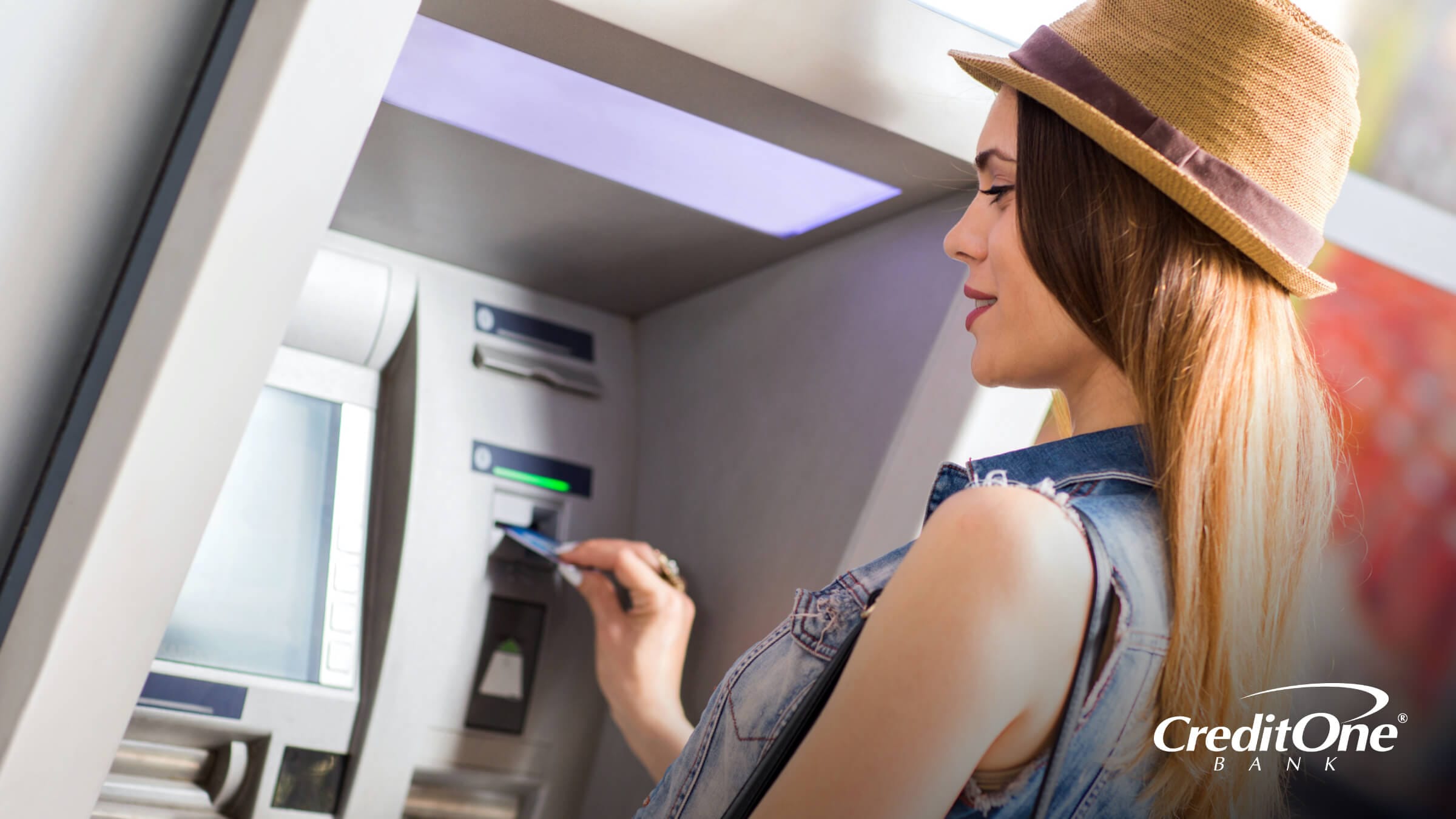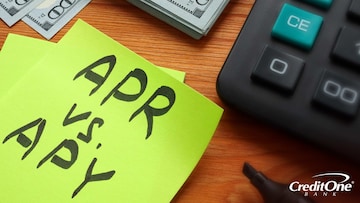Sometimes payday feels just too far away. When your account balance is dangerously close to zero but you need some extra cash, it can be tempting to use a cash advance to bridge the gap. But what is a cash advance, and when is it a good idea to get one?
How a Cash Advance Works
When you withdraw money from an ATM or a bank, the funds come from your checking or savings account. A cash advance, on the other hand, is a short-term loan from your credit-card issuer. While you still go to an ATM or bank to get a cash advance, the money you receive is not coming from funds you already possess—it is a loan from your credit card company and has to be paid back to that company just like any other charge you make with your credit card.
Reasons to Get a Cash Advance
There are times when a cash advance may be a good idea. One of those times is when it’s used as an alternative to a payday loan. Short-term payday loans usually have very high interest rates and require you to go through a separate financial institution.
In contrast, a cash advance allows you to make the transaction through your existing credit-card issuer, and the fees and interest charged are generally lower than with a payday loan, especially if you pay the loan back on time.
There may also be situations where you’d like to use your credit card but the merchant you’re doing business with only accepts cash. Or perhaps they accept credit cards but their system is down and they can only conduct a cash transaction. In these cases, cash may be your only option. If you want or need to make the transaction then and there but don’t have any cash on you, or enough cash in your bank account to cover it, a cash advance could save the day.
Another positive side to a cash advance is that there’s usually a cap for how much of your credit line you can withdraw, which may be only a small percentage of your total credit limit. In this case the option to take a limited cash advance that won’t put you too far in debt could make it easier to stick to a budget.
Downsides of a Cash Advance
On the other hand, cash advances are not always a good choice. One very simple reason is security. If the cash advanced to you is lost or stolen, it’s usually impossible to recover. But if your credit card is lost or stolen, you can get a replacement card and dispute any unauthorized charges made with your card.
Then there are the fees and interest charged. Besides cash-advance fees and ATM or bank fees, cash advances sometimes carry a higher interest rate than a regular credit card charge. There is also typically no grace period, meaning cash advances start accumulating interest charges as soon as you take the loan.
Ultimately, a cash advance is a powerful tool if used sparingly. For an emergency car repair with a cash-only mechanic or an occasional bridge loan to get you through a slow month of freelancing, it can be the right fix. But if you start needing a cash advance every month just to get you to payday, it’s probably time to consider a budget to get your finances back on track.
Robert Lillegard started his wordsmithing career as a national food and travel writer for magazines like The New York Times, Outside, Cooking Light, and Midwest Living. As a contributor to Credit One Central, Robert has leveraged his expertise in taxes, budgeting, and building credit to create engaging content. When he’s not crafting a story or blog post, Robert spends his free time obsessing over producing the perfect loaf of bread at a Duluth-based artisanal bakery he co-owns.




